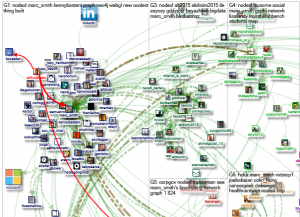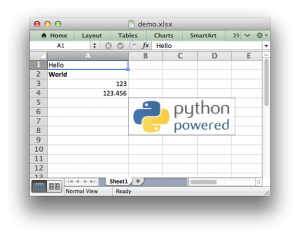Newly Discovered Networks among Different Diseases Reveal Hidden Connections by Veronique Greenwood and Quanta Magazine.
From the post:
Stefan Thurner is a physicist, not a biologist. But not long ago, the Austrian national health insurance clearinghouse asked Thurner and his colleagues at the Medical University of Vienna to examine some data for them. The data, it turned out, were the anonymized medical claims records—every diagnosis made, every treatment given—of most of the nation, which numbers some 8 million people. The question was whether the same standard of care could continue if, as had recently happened in Greece, a third of the funding evaporated. But Thurner thought there were other, deeper questions that the data could answer as well.
In a recent paper in the New Journal of Physics, Thurner and his colleagues Peter Klimek and Anna Chmiel started by looking at the prevalence of 1,055 diseases in the overall population. They ran statistical analyses to uncover the risk of having two diseases together, identifying pairs of diseases for which the percentage of people who had both was higher than would be expected if the diseases were uncorrelated—in other words, a patient who had one disease was more likely than the average person to have the other. They applied statistical corrections to reduce the risk of drawing false connections between very rare and very common diseases, as any errors in diagnosis will get magnified in such an analysis. Finally, the team displayed their results as a network in which the diseases are nodes that connect to one another when they tend to occur together.
The style of analysis has uncovered some unexpected links. In another paper, published on the scientific preprint site arxiv.org, Thurner’s team confirmed a controversial connection between diabetes and Parkinson’s disease, as well as unique patterns in the timing of when diabetics develop high blood pressure. The paper in the New Journal of Physics generated additional connections that they hope to investigate further.
…
Every medical claim for almost eight (8) million people would make a very dense graph. Yes?
When you look at the original papers, notice that the researchers did not create a graph that held all their data. In the New Journal of Physics paper, only the diseases appear to demonstrate their clustering and the patients not at all. In the archiv.org paper, another means is used to demonstrate the risk of specific diseases and the two types (DM1, DM2) of diabetes.
I think the lesson here is that despite being “network” data, that isn’t determinative for presentation or analysis of data.



